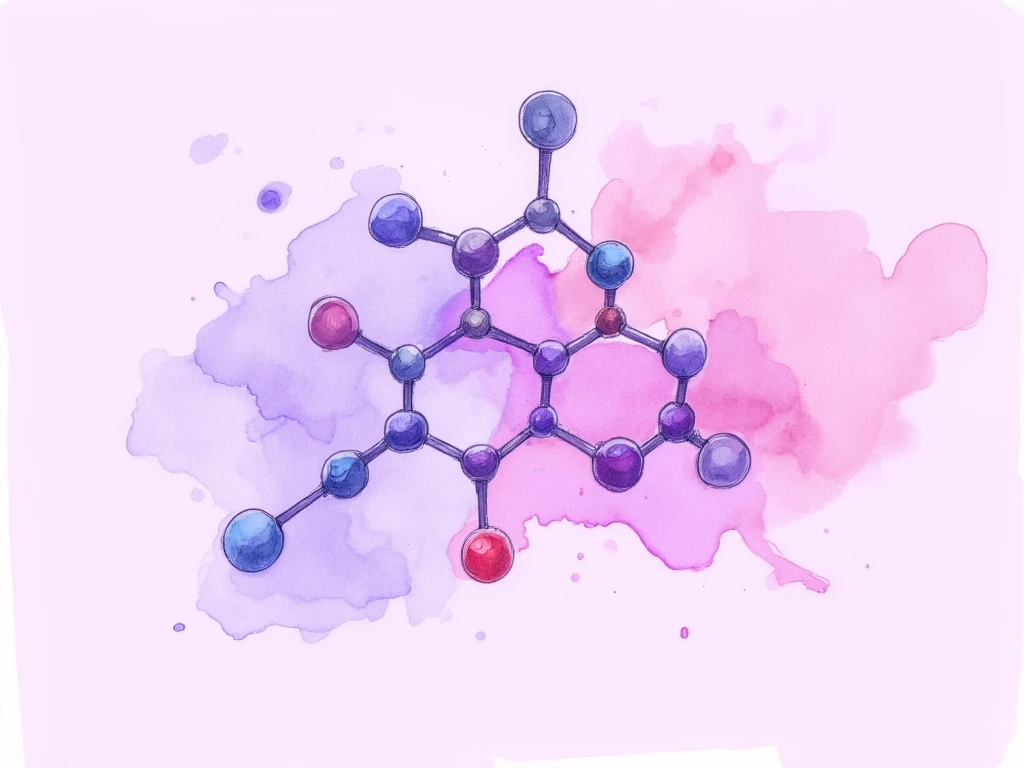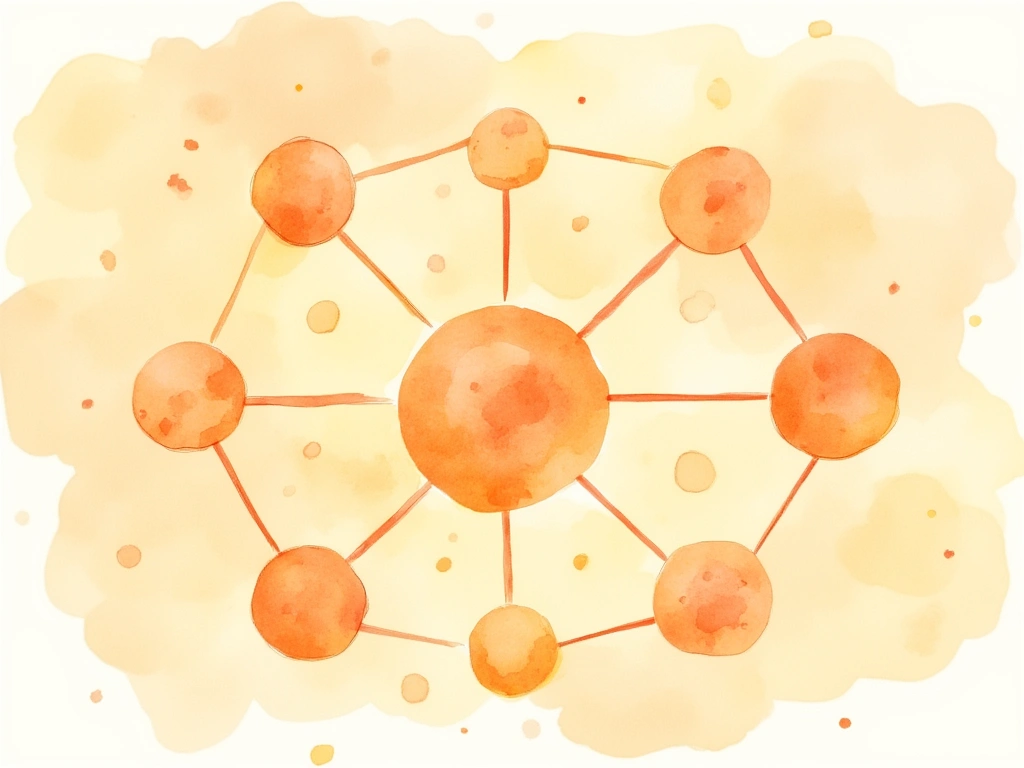- Salicylic acid is a recognized over-the-counter treatment for seborrheic dermatitis and dandruff.
- It works by exfoliating dead skin cells, reducing inflammation, and preventing pore blockages.
- Research supports its use, especially in combination with other treatments, for managing seborrheic dermatitis symptoms.
- “Supramolecular” salicylic acid may offer enhanced benefits due to better skin penetration.
- While safe when used as directed, overuse can lead to dryness and irritation.
- It’s a promising complementary option to primary treatments like antifungals and steroids.
Seborrheic dermatitis, a common and persistent skin condition, manifests as red, flaky, and itchy patches. These patches typically appear on the scalp, face, ears, chest, back, or groin. While the precise cause remains unclear, it’s thought to arise from a combination of factors, including an overgrowth of skin yeast, excessive skin oil production, and inflammatory responses [1, 2, 3].
While there’s no definitive cure for seborrheic dermatitis, salicylic acid presents itself as a valuable tool in managing its bothersome symptoms. This article dives into the evidence surrounding salicylic acid, examining how it functions, its safety profile, and its effectiveness in alleviating this chronic skin condition.

Unpacking the Skin Benefits of Salicylic Acid
Salicylic acid’s effectiveness stems from several key actions:
- Exfoliation of Dead Skin Cells: As a keratolytic agent, salicylic acid excels at breaking down keratin, a protein found in the outer skin layer [4]. This process facilitates the shedding of excess skin cells, effectively clearing pores and reducing flakiness.
- Inflammation Reduction: Similar in action to aspirin, salicylic acid possesses anti-inflammatory properties [5]. This helps to soothe redness and calm irritation associated with seborrheic dermatitis.
- Pore Unclogging: By diligently removing dead skin cells and debris, salicylic acid prevents the clogging of pores. This action promotes the free flow of sebum, reducing the likelihood of further skin issues.
These combined effects make salicylic acid a beneficial ingredient for addressing various skin concerns, including acne, rosacea, and, importantly, seborrheic dermatitis. It actively targets and reduces common symptoms such as redness, flaking, scaling, and itchiness.
[IMG: Diagram showing salicylic acid removing dead skin cells from the skin surface]

Is Salicylic Acid a Safe Bet for Your Skin?
Generally, salicylic acid demonstrates a strong safety profile when used correctly. Research indicates:
- Minimal side effects were observed with low-dose salicylic acid use in systemic sclerosis patients [6].
- Salicylic acid concentrations in common anti-acne creams fall within safe limits [7].
- Even higher concentrations, such as 30% salicylic acid peels, have shown good safety and tolerability [8].
However, it’s crucial to adhere to product instructions. Overuse can lead to dryness, irritation, and in rare cases, headaches or nausea [9]. Responsible and directed application is key to safe use.

Official Recognition: Salicylic Acid as a Seborrheic Dermatitis Treatment
The U.S. Food and Drug Administration (FDA) officially recognizes salicylic acid at concentrations of 1.8-3% as an effective over-the-counter treatment for both dandruff and seborrheic dermatitis [10].
While not positioned as a standalone cure, salicylic acid’s anti-inflammatory, exfoliating, and antimicrobial properties make it a valuable component in managing these conditions.

The Evidence: Salicylic Acid in Seborrheic Dermatitis Research
Most studies investigating salicylic acid for seborrheic dermatitis explore its use in conjunction with other active ingredients. These often include herbal extracts or conventional topical antifungal or steroid treatments.
Key research findings highlight:
- Significant improvement in moderate to severe seborrheic dermatitis symptoms using 30% supramolecular salicylic acid [11].
- Enhanced efficacy of combined treatment with intense pulsed light and 30% supramolecular salicylic acid for facial seborrheic dermatitis, compared to either treatment alone [12].
- Salicylic acid shampoo effectively prolonged the time to relapse for scalp lesions [13].
- Case reports further support the clinical efficacy of salicylic acid in managing seborrheic dermatitis [].
Collectively, these studies suggest that salicylic acid enhances treatment outcomes when used as part of a comprehensive strategy.
[IMG: Before and after photo of seborrheic dermatitis improvement from one of the studies]

Supramolecular Salicylic Acid: A Deeper Dive
Some research mentions “supramolecular salicylic acid.” This is a specialized form where salicylic acid is combined with other substances like starch, collagen, or cyclodextrin.
This unique formulation creates a gel with a network-like structure involving water and salicylate molecules [15, 16]. This structure potentially allows for deeper skin penetration and enhanced benefits compared to standard salicylic acid.

Salicylic Acid vs. Other Seborrheic Dermatitis Treatments
Advantages of Salicylic Acid:
- Steroid Alternative for Inflammation: Offers an option to manage inflammation without relying solely on steroids.
- Lower Long-Term Side Effect Risk: Generally associated with fewer long-term side effects compared to prolonged steroid use.
- Anti-Malassezia Activity: Exhibits antifungal properties effective against Malassezia yeast, a common factor in seborrheic dermatitis.
- Unique Exfoliating Action: Provides a distinct mechanism of action through its keratolytic properties.
Disadvantages of Salicylic Acid:
- Less Potent Than Prescription Steroids: May not be as strong as prescription-strength steroids in acute flare-ups.
- Potential for Dryness and Irritation: Overuse can lead to dryness or irritation, requiring careful application.
- Not a Primary Antifungal: While it has antifungal properties, it’s not as potent as dedicated antifungals like ketoconazole for targeting yeast overgrowth.
- Maintenance Therapy: Requires ongoing use to maintain symptom remission.
In summary, salicylic acid emerges as a valuable addition to a seborrheic dermatitis treatment plan, ideally working alongside primary treatments for optimal results.

Key Takeaways: Salicylic Acid and Seborrheic Dermatitis
Current evidence points to salicylic acid as a safe and effective option for managing seborrheic dermatitis when used appropriately.
- It effectively exfoliates the skin and reduces inflammation.
- Low concentrations (1.8-3%) are FDA-recognized for seborrheic dermatitis and dandruff.
- Research supports its ability to improve symptoms, especially when used with other active ingredients.
- Supramolecular salicylic acid formulations may offer enhanced benefits.
- Its positive effects extend to related inflammatory skin conditions like rosacea, acne, and psoriasis.
- Salicylic acid is most likely to be effective as a complementary treatment alongside standard antifungals and anti-inflammatory medications.
For individuals seeking to expand their seborrheic dermatitis management beyond primary treatments, salicylic acid offers a promising supplementary approach to alleviate symptoms and enhance skin appearance. Always consult with a dermatologist to determine the best treatment strategy for your specific condition.


No Comments
Be the first to start a conversation